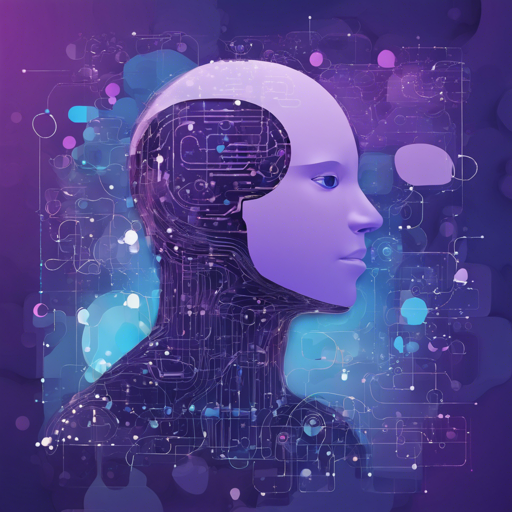In the ever-evolving world of conversational AI, the Twilight Edward DialoGPT model stands out as a fascinating tool for developers and enthusiasts alike. It’s all about making interactions more human-like. Here’s a user-friendly guide to getting started with this powerful model.
What is the Twilight Edward DialoGPT Model?
The Twilight Edward DialoGPT model is a specialized conversational AI model fine-tuned to emulate the character Edward from the Twilight series. Think of it as having a virtual assistant who speaks and interacts just like the beloved character. This model can generate responses based on context and mimic the nuances of dialogue in the books and films.
How to Implement the Twilight Edward DialoGPT Model
Implementing the Twilight Edward model involves the following key steps:
- Step 1: Install the required libraries and dependencies.
- Step 2: Load the pre-trained DialoGPT model.
- Step 3: Define a function to generate responses based on user input.
- Step 4: Integrate the model into your existing application.
Detailed Steps
Step 1: Install Required Libraries
Make sure you have Hugging Face’s Transformers library installed, as it provides essential tools for working with the DialoGPT model.
pip install transformers
pip install torchStep 2: Load the Pre-trained DialoGPT Model
Once you’ve installed the required libraries, you can load the model. Think of this step like retrieving a book from a library—you’ve got access to the story and the style of the character you’re interested in.
from transformers import AutoModelForCausalLM, AutoTokenizer
model_name = "microsoft/DialoGPT-medium"
tokenizer = AutoTokenizer.from_pretrained(model_name)
model = AutoModelForCausalLM.from_pretrained(model_name)Step 3: Define a Response Generation Function
To make the model interactive, define a function that takes user input and generates a response. This is akin to having a conversation with that fictional character—it’s all about context and flow.
def get_response(user_input):
new_user_input_ids = tokenizer.encode(user_input + tokenizer.eos_token, return_tensors='pt')
bot_input_ids = new_user_input_ids
response_ids = model.generate(bot_input_ids, max_length=1000, pad_token_id=tokenizer.eos_token_id)
return tokenizer.decode(response_ids[:, bot_input_ids.shape[-1]:][0], skip_special_tokens=True)Step 4: Integration
Finally, you can hook up the model to your application (like a chatbot interface), allowing users to interact with Edward in real-time. It’s like bringing a character to life in a new dimension!
Troubleshooting Tips
If you encounter issues while implementing the Twilight Edward DialoGPT model, here are some troubleshooting ideas:
- Problem: Model won’t load.
Solution: Check your internet connection and ensure the correct model name is used. - Problem: Poor response quality.
Solution: Try fine-tuning the model on additional dialog datasets for better context. - Problem: Performance issues.
Solution: Ensure your machine meets the hardware requirements for running PyTorch.
For more insights, updates, or to collaborate on AI development projects, stay connected with fxis.ai.
Conclusion
By following these steps and leveraging the Twilight Edward DialoGPT model, you’re well on your way to creating engaging and memorable conversational experiences. At fxis.ai, we believe that such advancements are crucial for the future of AI, as they enable more comprehensive and effective solutions. Our team is continually exploring new methodologies to push the envelope in artificial intelligence, ensuring that our clients benefit from the latest technological innovations.

